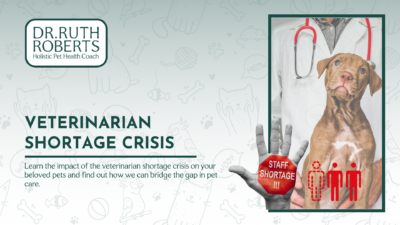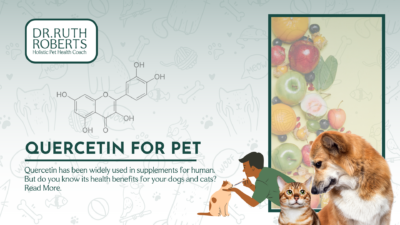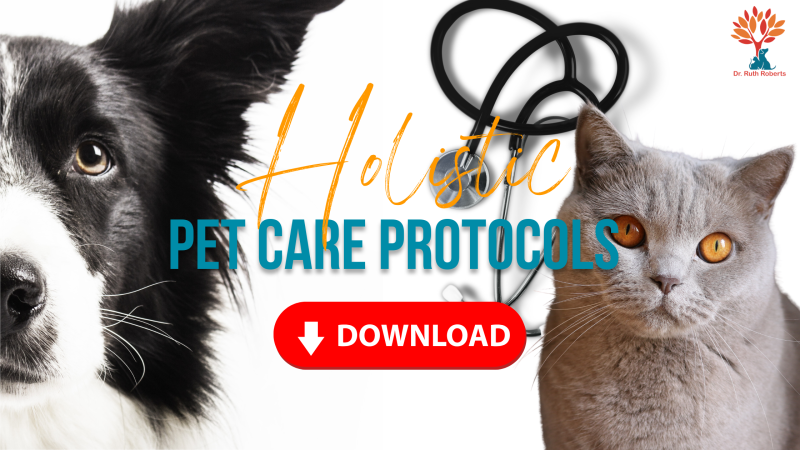The end of summer brings many joys to pet owners. The promises of cooler weather, longer walks, and lots of amazing fall produce to put into your CrockPet batches, have all carried us through the hot hot heat. August usually marks the return to school for many families, and thus, for many pets… SEPARATION ANXIETY (dun dun dun). Here’s how to identify separation anxiety in dogs and cats, and what you can do to make Fido feel better.
Why do pets get separation anxiety?
Any time an animal senses a change in their environment or schedule, they’re bound to experience some level of anxiety. Welcoming new family members, picking up a new class at the gym or even rearranging the furniture could have your furball climbing the walls – literally and figuratively.
If you have school-aged kids in your home, or your own job revolves around the school calendar, the return of scheduled classes will throw you all for a loop. Gone are the days of lazy mornings, leisurely strolls and lounging on the sofa together for afternoon naps. Your pet’s constant companions are now leaving the house promptly each morning and are – gasp – gone all day!
When they’re suddenly left all alone for hours on end, your pet may start to think you’re never-ever-ever-ever coming back. Our pet’s don’t really understand what’s going on when our schedule takes a turn, and so they don’t really know how to express the anxiety they’re feeling.
Identifying Signs of Separation Anxiety in Dogs and Cats
The communication barrier between humans and animals has been a forever frustrating fail. So, when you come home to find your blinds completely destroyed, try not to lose it. In Snowball’s eyes, the mangled mess is a very clear message. “You were gone a long time, so I panicked and tried to find you. I don’t like it when you leave.”
Clear as day, right? Not exactly.
 Destruction
Destruction
Destruction is one of the most common, and most obvious, signs of separation anxiety in dogs and cats alike. Some pets may chew their toys to absolute shreds, turn your couch into a scratching post, or tear down entire doors or even walls. The level of destruction varies depending on the size, strength or sheer determination of your pet.
If this destructive behavior is uncharacteristic in your pet, and occurs with a change in schedule, it’s a pretty safe bet that they are trying to tell you something, and are not wild about your sudden outings.
House Training Slips
House training mishaps are another infamous sign of separation anxiety in dogs and cats alike. Even if you bring your pup for a quick walk, or let them out in the yard before you leave, you may still come home to find your closet has become a litter box. Again, this stems from our pet’s inability to communicate their feelings with us, and even a loss of control due to overwhelming emotion.
Depression
Sadly, depression can also take hold of many pets who just-can’t-even with their owners’ new schedule. They have no idea why everything has changed, and thus can’t really process the deviation in a normal or healthy way. If your pet becomes depressed, they may stop eating, isolate themselves, or show no interest in activities they normally enjoy. Sudden anxiety may even cause some pets to chew or lick themselves incessantly, causing bald spots or sores. If Rover stops playing fetch, and kicks his food bowl to the curb, it may be time for some intervention.
What can you do to ease separation anxiety?
- First and foremost, pick up the phone and call your vet. Many of the suspect symptoms of separation anxiety in dogs and cats can also be a warning of an underlying health condition. Just like your pet can’t tell you “I hate it when you leave!”, they also can’t communicate when they are feeling unwell. Your vet will check for things like UTI, ear/sinus infection, broken teeth and other silent culprits that can cause a pet to change its behavior. Once you get a clean bill of health, you can start soothing your furbaby’s troubles.

- Keeping destructive pets busy and entertained is the best place to start. Exercise your pet regularly when you are at home, or hire a walker if you are unable to do so. Make time for a laser pointer workout in the morning, or throw the ball a few extra times to help your pet get some energy out. This extra quality time with you will also help fill the void of the rest of the day. Leave them with lots of toys and things to fulfill their curiosity, and keep their claws and teeth off of your drywall.
- For many years, I have found that Thundershirts are actually incredibly helpful in calming anxious animals. They were originally designed to soothe pets through thunderstorms, and their tight fit mimics the feeling of being hugged (awwww). Fitting your pet with one of these snugglers may provide them with the relief they need to make it through the day without tearing up your carpet.
- Systematic desensitization can sometimes work for pets who are truly up-ended by long hours alone. Starting small, and gradually increasing the amount of time your pet is alone can help them reach the point that they can handle the “me time” on their own. This may require hiring a dog-walker for a week or so, to break things up, but can be quite effective in the long run. Try to keep your schedule on the weekends random, so your pet doesn’t become accustomed to days at home together, just to be thrown back under the [school]bus on Monday.
- Don’t make a big deal out of it. Avoid lengthy and tearful goodbyes with your pet in the morning. If they sense that you are upset or uneasy, it’ll make their anxiety worse. Likewise, don’t go crazy when you get home in the evening. Greet your pet lovingly, and praise them for good behavior, but don’t go overboard. Staying neutral on your departure and arrival will help your pet do the same.

- Using calming supplements or essential oils can truly be quite helpful! A soothing blend of lavender and frankincense could do the job for your pet. Use a diffuser, or spritz it in small amounts in the areas where your pet hangs out most.
CBD oils and treats are a fantastic resource for relieving separation anxiety in dogs and cats. The products available for pets have very little to zero THC, so you don’t have to worry that your pet will be affected by the psychoactive compound. Recent studies have proven that CBD greatly reduces anxiety and inflammation (in both pets and humans), and can be safely used on a regular basis with essentially no negative side effects. Personally, I’ve found CBD to be immeasurably helpful for my own pets and patients, and believe it’s one of the best resources for easing separation anxiety. - If none of these methods seem to help, it may be time to seek the help of a professional. Adjusting your pet’s diet or lifestyle may be the trick, but that’s tough to do on your own. A Pet Health Coach can help you pinpoint the cause of your pet’s distress, and guide you in the best direction to help resolve it.
Separation anxiety in dogs and cats stinks, but it’s not forever!
Using the right approach to ease your pet’s separation anxiety may take time, but doing it correctly matters. Helping your pet feel calm and safe is about more than keeping your house in one piece. When you work through the problem lovingly, you’ll create a stronger bond between you and your pet.















